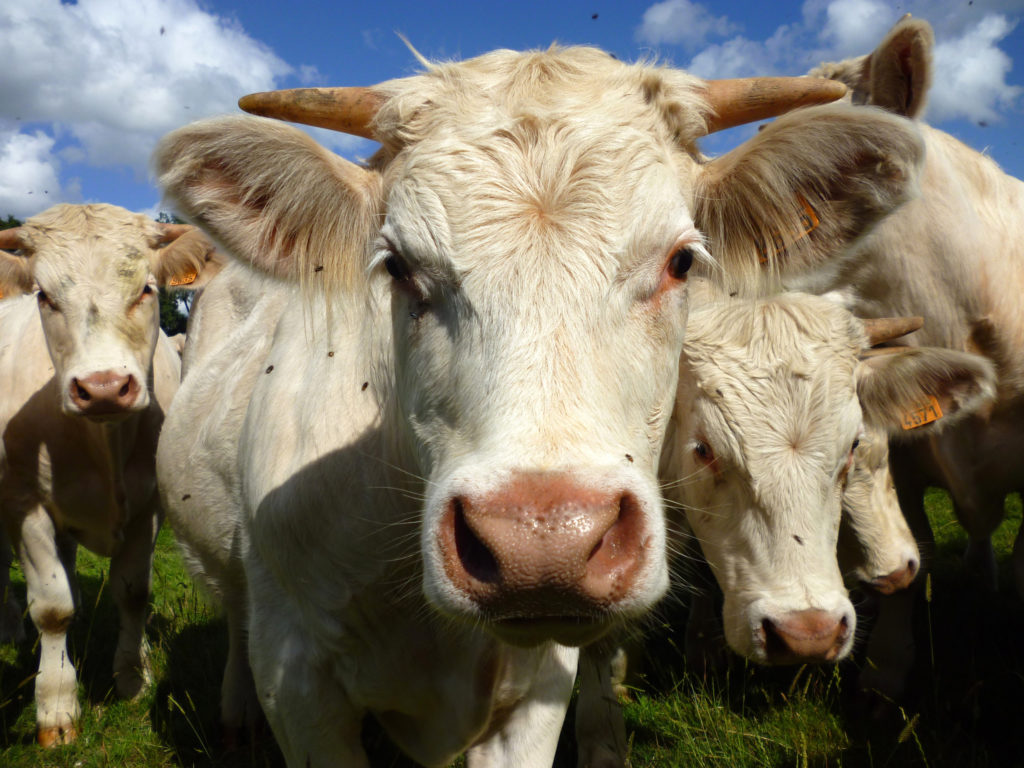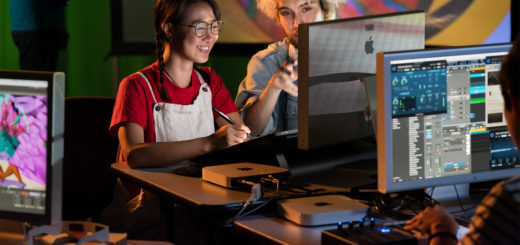Tudder, the new Tinder for farm animals
Tudder is a Tinder for cattle, used by famers to track down appropriate breeding matches for their cows – and while that may seem a little silly it’s a sign of the digital transformation of agriculture that is intensifying every day.
Tudder, the new Tinder for farm animals
The app is developed by a livestock sales website and features data about farm animals from 42,000 UK farms. The idea is that farmers swipe through the creatures to select the appropriate breeding pair for their own cows – you even hear a mooing sound when you swipe right to show you are interested in a particular animal.
You can take a look at the app here.
Now, this isn’t some weird fetish. You can visit other sites for that.
This is in fact a very real solution to a real need that farmers have to hook their animals up with appropriate breeding pairs. It’s also a hint of the kind of transformation that is already taking place across the agricultural sector.
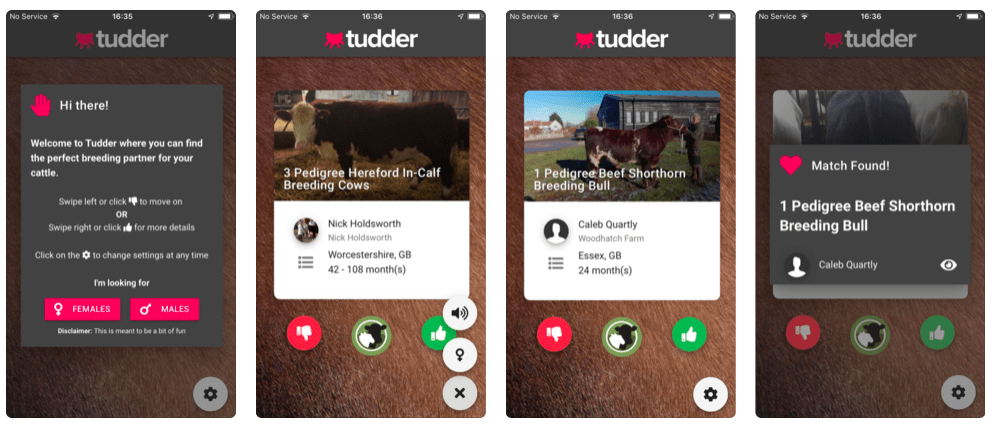
This is Agriculture 4.0
The UN predicts the global population will grow by 34 percent. There will be 9.1 billion humans alive on the planet by 2050. They will all need food.
Growing, harvesting, slaughtering and distributing that much food is going to stretch existing agricultural processes, which means it is essential that new technologies are used to help meet this demand.
A mobile planet means the opportunity now exists for mobile devices to transform the entire sector, and this is already happening. Agricultural machine intelligence, location sensors, remote process management, automation, robotics and smartphone-based remote farming techniques are already in play.
A 2018 report from Machina Research predicted that almost 225 million connected agricultural devices will be in use worldwide by 2024, all of them generating data that can be used to manage, distribute and identify food supply.
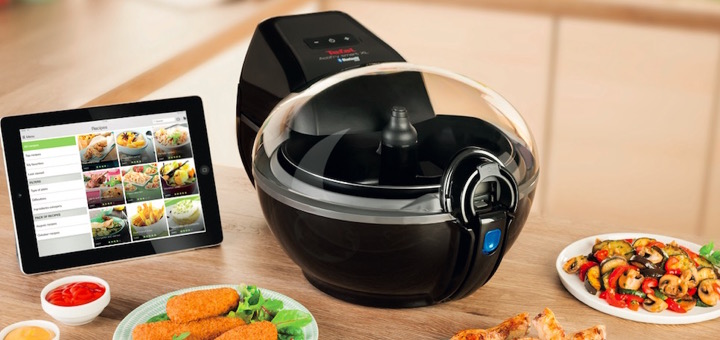
It isn’t just agriculture that iPhones are changing — click the link to see how it is changing your kitchen
From the cradle to the plate
There are some people exploring use of RFID tags and this data in order to make it possible for a consumer to wave their iPhone at the bar code on a packaged chicken and ask Siri to check the blockchain-based data to ensure the animal was indeed reared on a free-range farm.
Steps, calories, weight, age and all manner of other data will be carried on that tag, accessible from the iPhone QR code reading software.
“Demand is increasing for technologies that can track product and production information and share it across regions and throughout the value chain,” states a recent Research and Markets report.
Back on the farm and you’ll already find cattle, sheep and other livestock fitted with location sensors so farmers can keep an eye on their beasts, track their movement and more.
Data analytics can help here – if an animal is separated from its herd, farmers can be alerted and rush to check the creature: It may be lost, sick, stolen or giving birth and need a little help.
There are even systems that send farmers an SMS message once cattle begin to give birth.
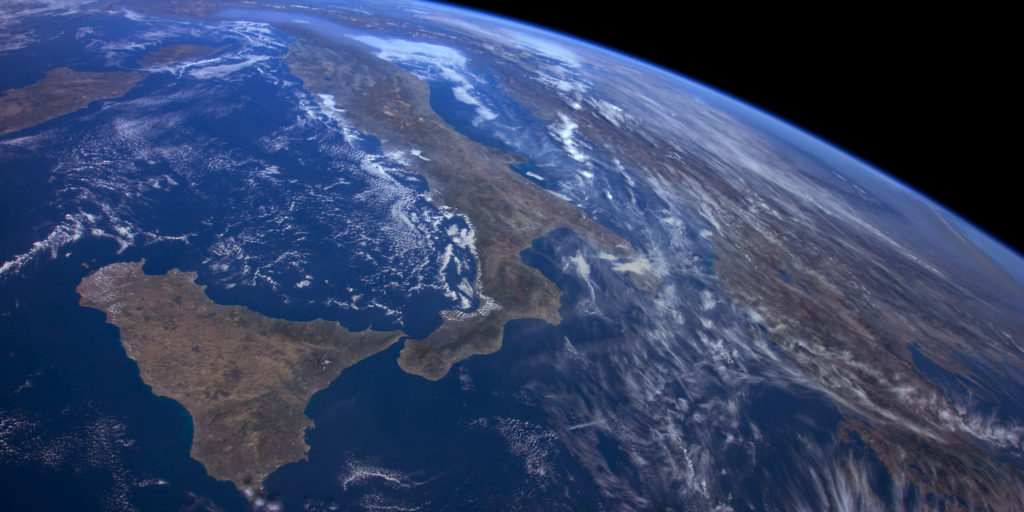
A NASA image of earth from space that is a screensaver in tvOS
Space age, welcome to the space age
It’s not just about what happens on the ground.
Satellites and AI can provide farmers with insights into crop conditions using a combination of infrared imaging and AI – the same technologies used to figure out conditions on Mars.
This information can be compared and contrasted with data from other sources in order to deliver deep insights into everything from the impact of climate change to soil analysis on a meter-by-meter basis to help improve farming practise. (Orange’s Sobloo is a good example of this).
[Also read: 5 useful iPhone gadgets for dog lovers]
Robots are also hitting farms.
The Small Robot Company is developing a range of robotic and AI farm tools it says will reduce chemicals and emissions by 95 per cent, cut costs by 60 percent and grow 40 percent more revenues.
“Environmental benefits from robots will be indirect for the most part,” said Sara Olson, Lux Research analyst. “Steering and spraying automation systems mean fewer oversprays and less waste, for a lower total chemical load on a field.
Water is another matter.
Globally, agriculture already consumes 70 percent of all the fresh water we use worldwide each year, but around 60 percent of that water is wasted. Can digital help reduce this waste? It seems possible.
Farmers in India use a system called Nano Ganesh which lets them remotely irrigate their farms from their iPhone. This vastly reduces the quantity of water that is wasted.
[amazon_link asins=’B07JFKDWJS’ template=’ProductCarousel’ store=’9to5ma-20′ marketplace=’US’ link_id=’e5d84ce4-b954-46a8-8ca4-414ba0a8ea14′]
The bottom line?
Don’t laugh at the idea of a Tinder for farm animals.
The iPhone has ushered in a range of technologies that mean today’s farmers are becoming just as good at handling computer tech as they already are at managing the world’s first technology revolution, agriculture itself.
Indeed, looking forward, it is possible that one day the food industry will be in position to give consumers the power not just to choose what they will eat the following year, but from which farms – and which parents – the meat and vegetables they will consume comes from.
Given the proven success of the gig economy, you can see a profit margin in that.
Please follow me on Twitter, or join me in the AppleHolic’s bar & grill and Apple Discussions groups on MeWe.
